"Nine Engravings After Jan Styka (1858-1925)"
Framing of nine medallion engravings after Jan Styka (1858-1925), taken from the novel Quo Vadis by Henryk Sienkiewicz, Paris Flammarion 1901-1904, of which he was the illustrator. We find from left to right Chrysothémis, Nero or Nero (emporor), Chilon (philosopher), Tigellin (adviser to the emperor Nero), Rubria (vestal or priestess of Vesta, Nazaire (Saint), Eunice (nereid or sea nymph) . Dimensions of the engravings at sight, 16.5x13 cm, and 11x13 cm for the central one. Under glass, in a black painted wooden stick frame, 77x66 cm. Jan Styka, born April 8, 1858 in Lemberg and died April 11 1925 in Rome, is a Polish painter known for his great religious panoramas Son of a Czech officer from Austria-Hungary, after attending school in his hometown of Lemberg, Styka studied at the Academy of Fine Arts. arts of Vienne, then he resided for some time in Italy before settling in France at the time when the great artistic movements of Montmartre and Montparnasse were taking shape, where he spent a large part of his life. A pupil of Jan Matejko, he exhibited at the Salon of French artists from 1886. That year, he was admitted with La Virgin blessing the Polish people. Among Styka's major works is the large scene showing Saint Peter preaching the Gospel in the Catacombs, painted in Paris in 1902. Among his most famous panoramas we find Bem in Siedmiogrod (1897), Martyrdom of Christians in the circus of Nero (1897) and in the Wrocław section of the National Museum of Poland is the monumental Battle of Racławice painted in collaboration in 1894. In 1910 Jan Styka painted a portrait of the Polish pianist and statesman Ignacy Paderewski, preserved at the National Museum of Poland in Poznań. Previously, shortly before the end of the 19th century, Paderewski had commissioned Styka to paint what would become his best-known work, originally titled Golgotha (the Aramaic name for the location of the Crucifixion), the work is now known as The Crucifixion. It is a monumental vertical panorama 60 m long and 14 m high. Before making The Crucifixion in 1894, Styka traveled from Jerusalem to prepare sketches and went to Rome, where his palette was blessed by Pope Leo XIII. The canvas was presented in Warsaw with great success on June 22, 1897. It was presented in many cities in Europe, before being exhibited in America at the 1904 Universal Exhibition in St. Louis. 

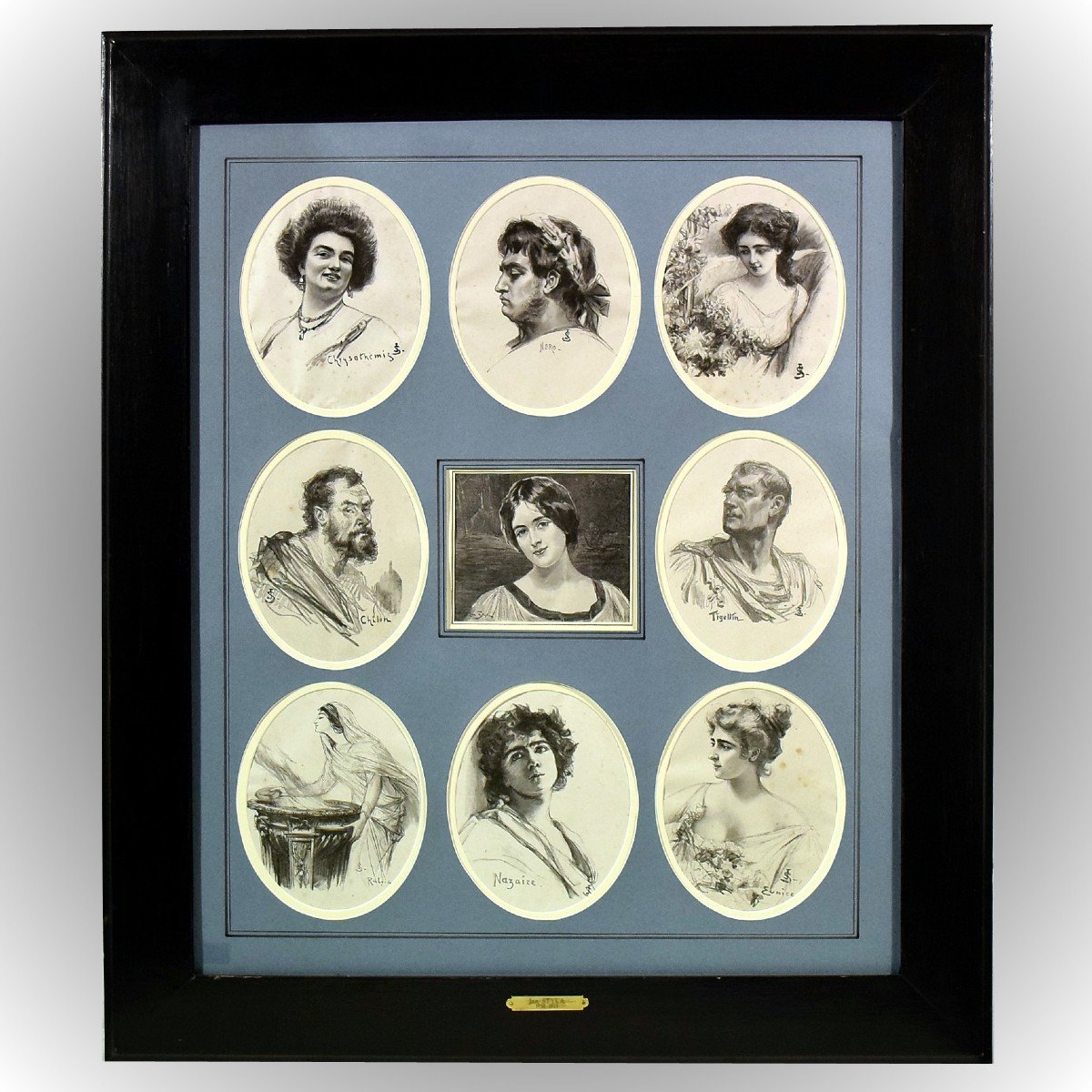


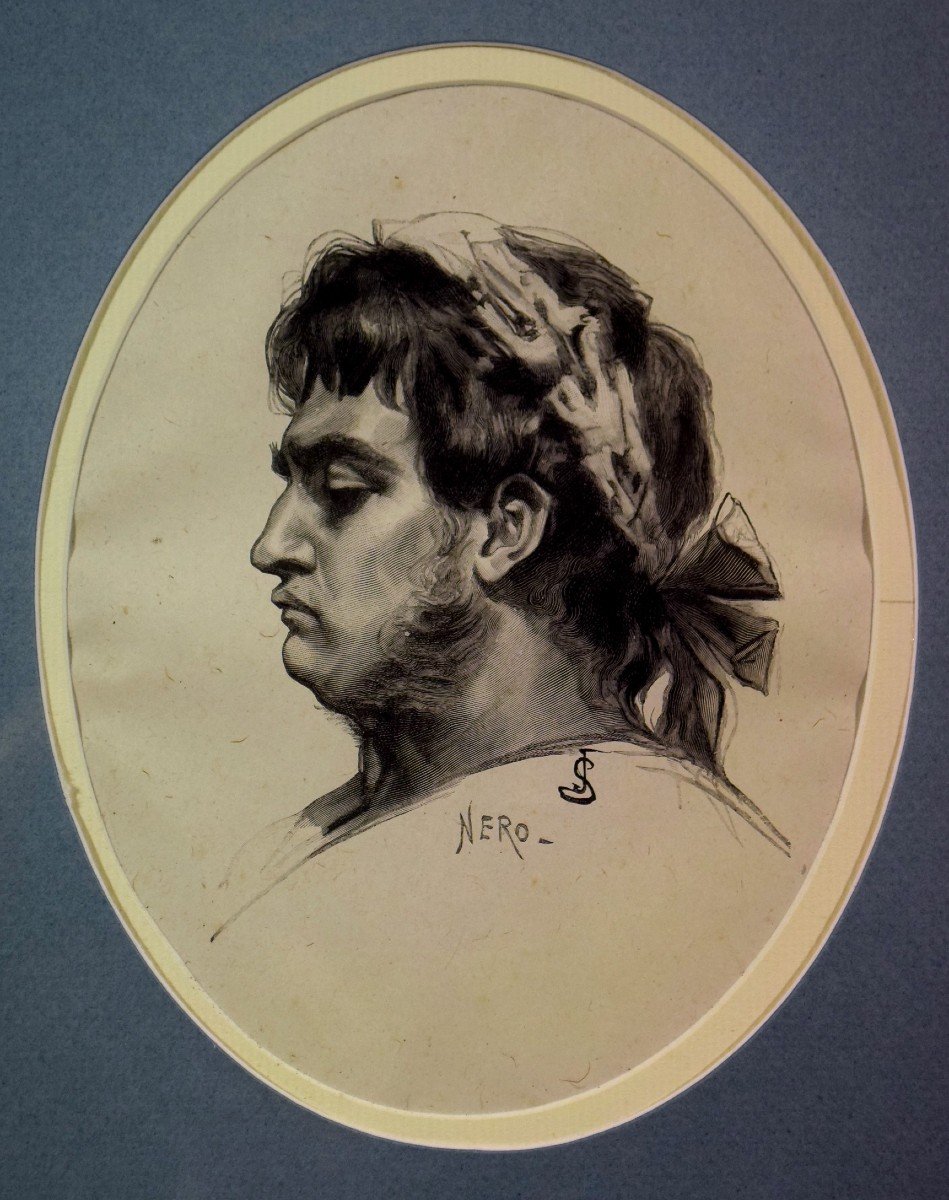
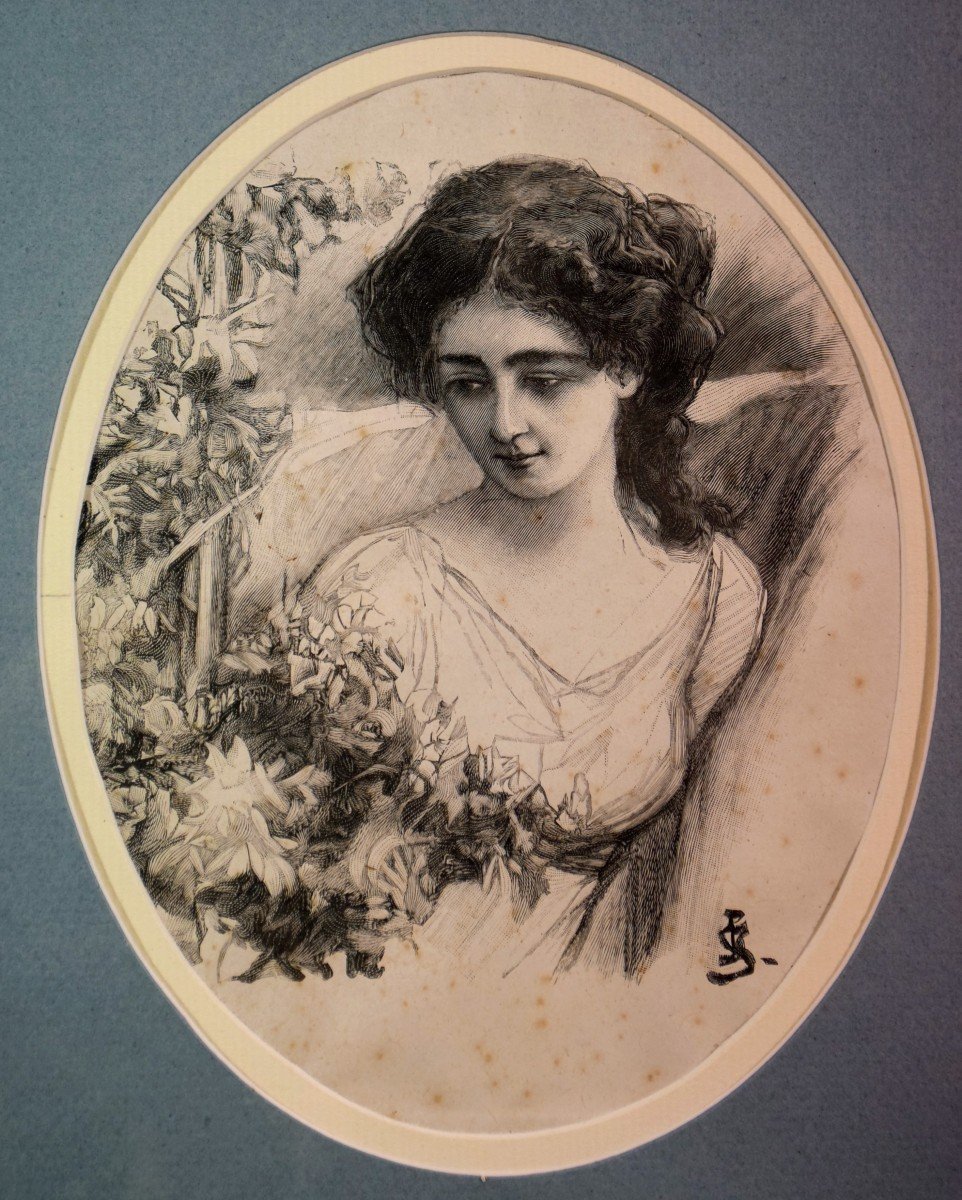

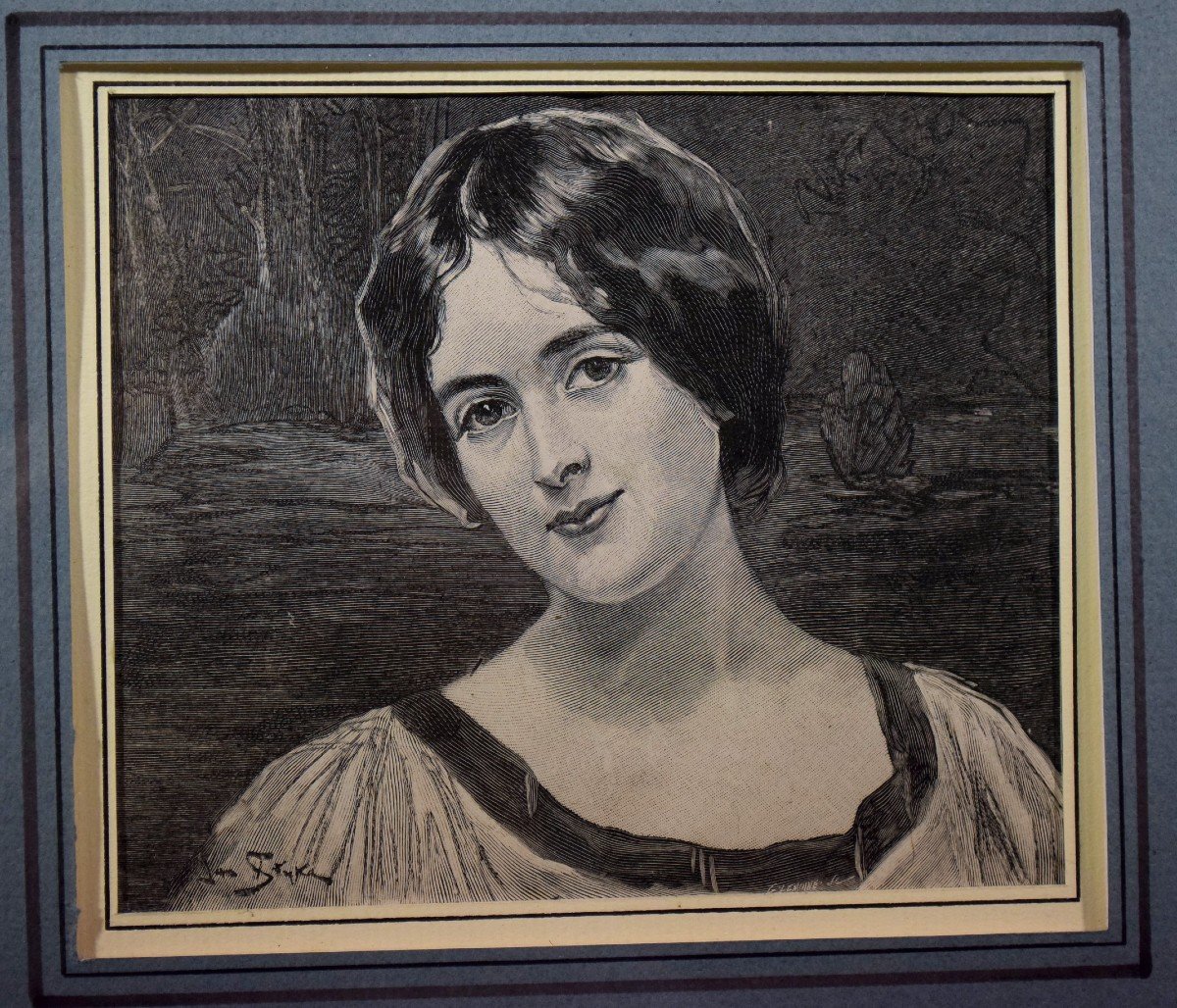
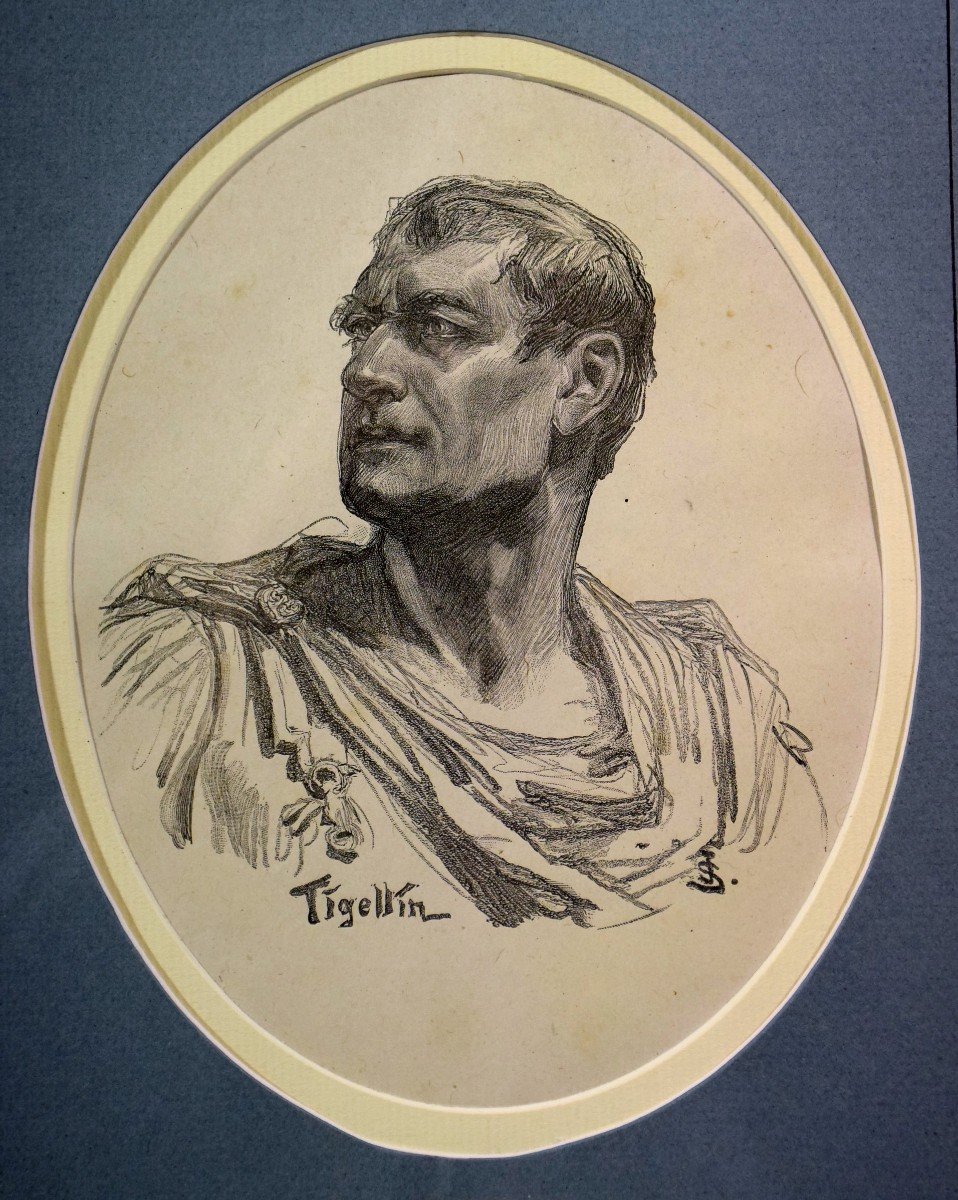


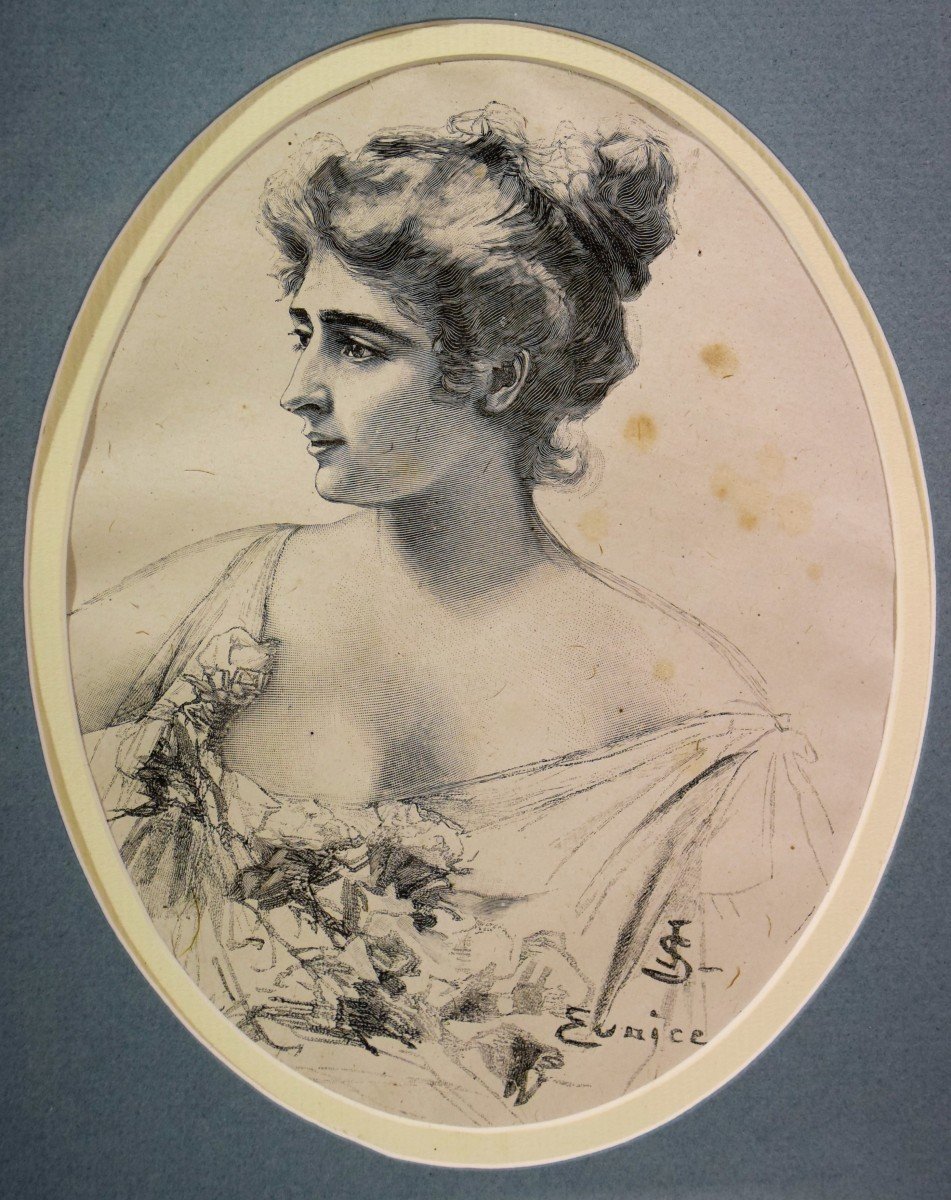





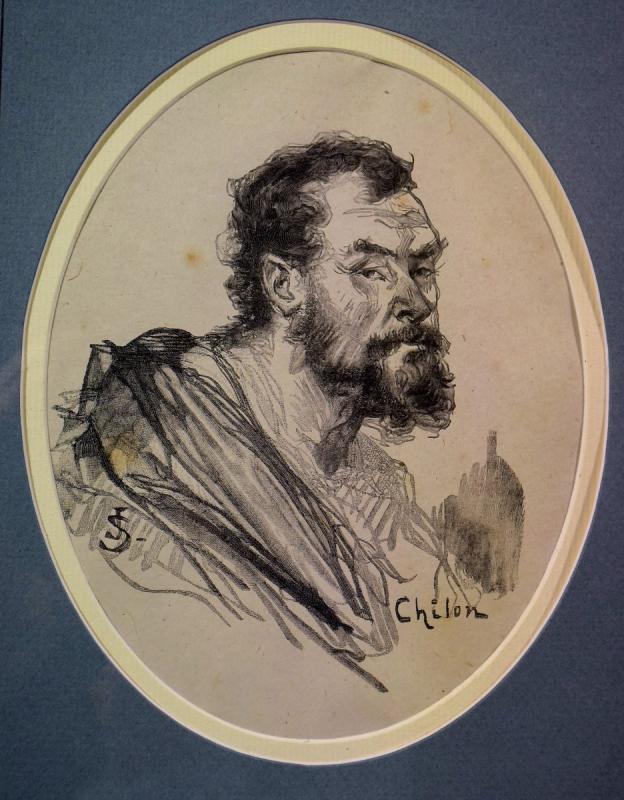


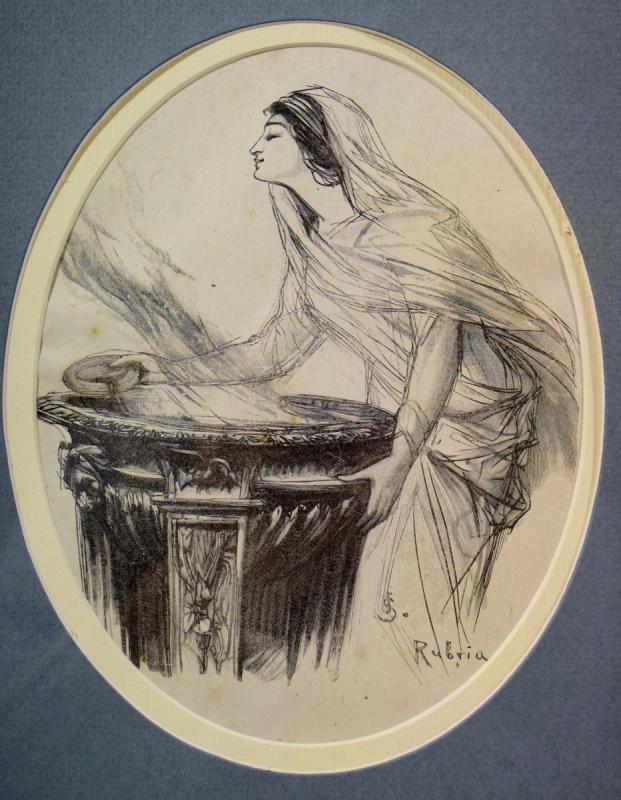




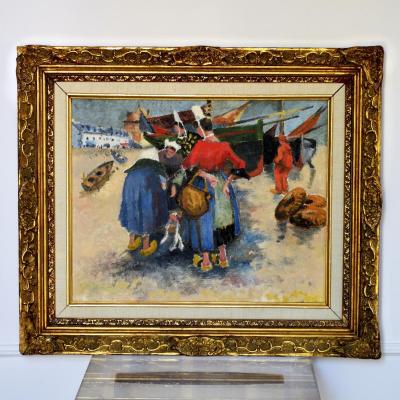

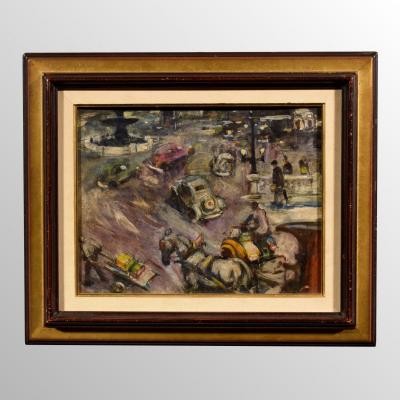
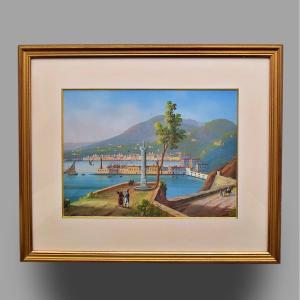


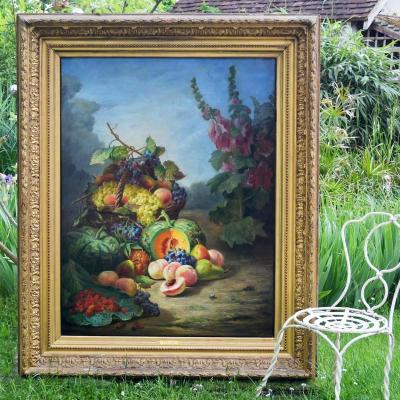
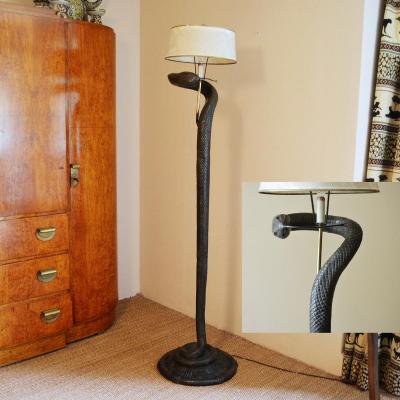
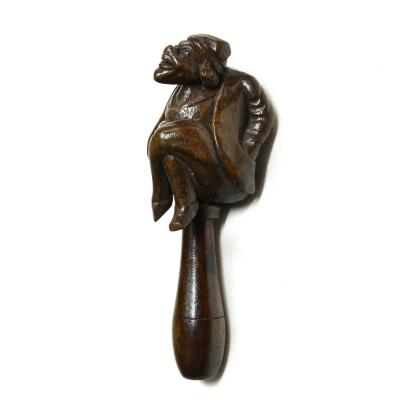
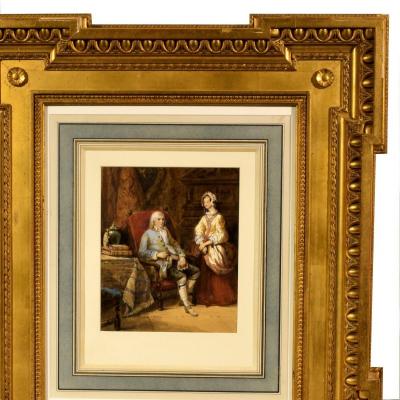




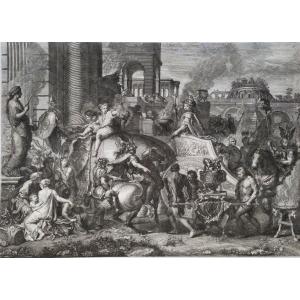
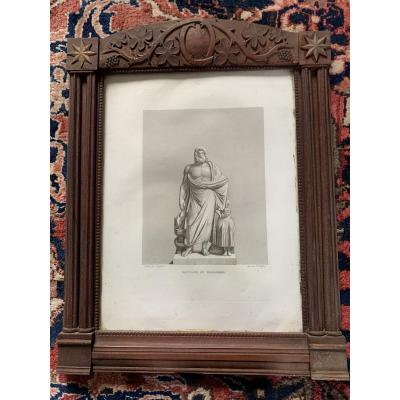
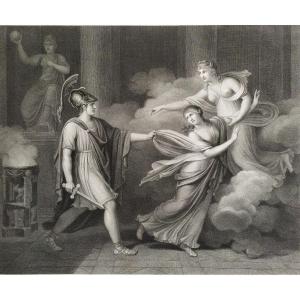
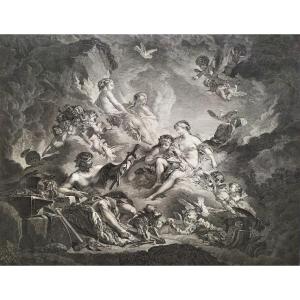





 Le Magazine
Le Magazine Rivista Artiquariato
Rivista Artiquariato TRÉSORS magazine
TRÉSORS magazine